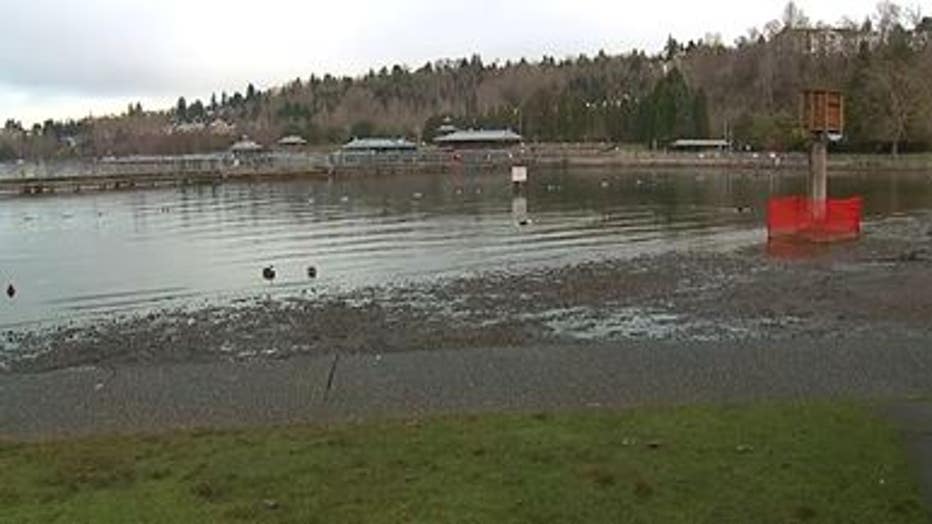Toxic algae bloom found in King County lakes, potentially impacting polar plunges
King County warns of winter toxic algae blooms
According to a news release from Public Health – Seattle & King County, the toxic algae found in the three lakes may impact other lakes, ponds and streams in the county. The levels detected could harm humans and are potentially deadly for pets.
SEATTLE - Health officials are urging people and pets to stay out of Green Lake, Lake Washington and Lake Wilderness after toxic algae blooms were found in the water.
According to a news release from Public Health – Seattle & King County, the toxic algae found in the three lakes may impact other lakes, ponds and streams in the county. The levels detected could harm humans and are potentially deadly for pets.
Public Health advised: "When in doubt, stay out." Algae blooms and toxin levels can shift quickly. If you see algae, it may not be toxic, but it’s still best to avoid touching the water. And if you can’t see algae, there may still be toxins.

The agency recommends keeping dogs away from any body of water where algae is visible or where signs are posted. It’s also recommended pets should not drink the water or get it in their fur.
Symptoms of pet exposure to the algae include low energy, lack of appetite, vomiting, diarrhea, difficulty breathing or seizures. Symptoms can occur within minutes or hours after exposure.
Similarly, humans can see symptoms like numbness of the lips, and tingling in the fingers and toes, followed by diarrhea and vomiting.
Upcoming polar bear plunges could also be affected by the Public Health notice. Anyone planning on attending a plunge should check with event organizers or city parks departments for the latest information.
While algae is a natural part of a lake's ecosystem, blooms can cause a significant threat. And while more common in the summer and fall, warmer temperatures have the blooms sticking around some western Washington lakes. Factors like sunlight, the composition of the lake’s sediment or runoff from human pollution can bring excess nutrients to algae — triggering a bloom.
If you see an algae bloom, the state Department of Ecology has a program where you can request a free sampling kit.

